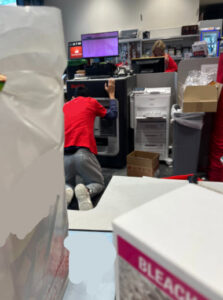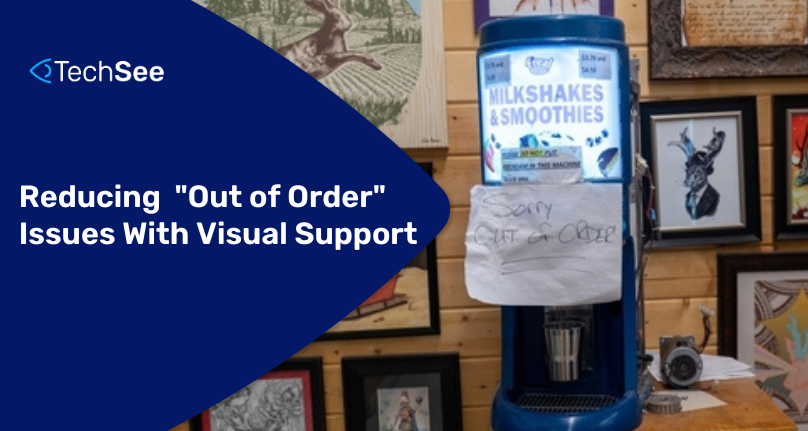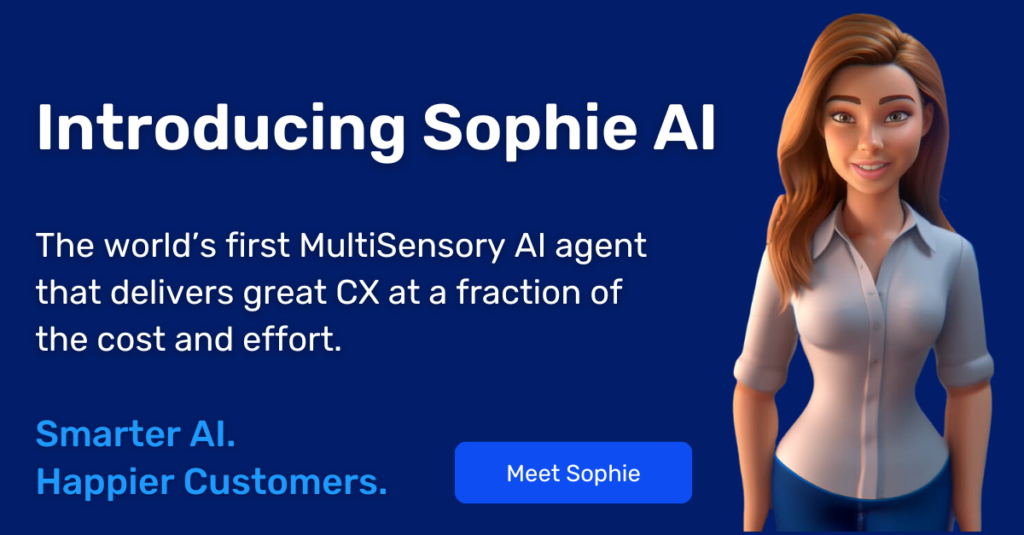It’s almost a joke now, isn’t it? You go to a popular fast food chain or pharmacy, or something similar and find that whatever you were there to do, get a milkshake, or print some photos, can’t be done because “the [insert machine] is down”. One reason could be that these machines are complex pieces of equipment that require regular maintenance and cleaning. Another problem is the expectation that the staff has to troubleshoot issues themselves. If a retail company doesn’t have enough staff or resources to properly maintain the machines, they may break down more often. It’s a lot to ask a non-technical employee to pull out a user manual or watch a YouTube video to figure out what’s broken. And every minute that “thing” is not working costs a ton of money. Adding vision to the customer support process will help.
Visual Support is a Game Changer
Fortunately, there’s a solution: computer vision. Computer vision is a rapidly advancing field of technology that involves training machines to recognize images and video. It has the potential to revolutionize the way we troubleshoot and fix things, making the process faster, easier, and more efficient. By incorporating computer vision into support centers, or in the field, manufacturers can provide users with real-time guidance on how to fix their items.
One of the biggest challenges of troubleshooting is simply identifying the problem. For example, if the espresso machine stops working, a Barista might not know whether the issue is with the heating element, the water pump, or something else. With computer vision, you could take a picture or video of the coffee machine and let the system analyze the image to identify the problem. Saving the frustration of trying to diagnose the issue on their own and could lead to faster and more accurate repairs.
Identifying the problem is just the start – computer vision can provide interactive guidance through the fix steps. For example, if the issue with your coffee maker is a clogged water line, the system could show you the exact line location and steps to unclog it. Fast and more straightforward than flipping through a written instruction manual or watching a video tutorial.
Once the problem has been identified, computer vision could guide you through the process of fixing it. For example, if the issue with your coffee maker is a clogged water line, the system could show you exactly where the line is located and how to unclog it. This would be much more effective than trying to follow a written instruction manual or a video tutorial on YouTube.

Everyone Wins
Of course, only some people are comfortable fixing things directly or may need to refer to a professional for repairs. AI-powered flows also give field technicians an advantage by providing step-by-step guidance that’s easy to follow, allowing them to service items more efficiently in one visit.
The visual data collected is a new data source for analysis of emerging trends and details on the “what is breaking” questions from engineering and hardware partners. When you have thousands of locations and end-point equipment units, visual provides the missing data between iOT and self-reported dispositions and field tech notes.
Conclusion
Overall, the potential benefits of computer vision in support centers, field service, and self-service represent important developments in the world of technology and customer support. The process of fixing and troubleshooting items can be frustrating and time-consuming. However, by incorporating the ability to see the issue directly through computer vision or artificial intelligence, manufacturers can provide employees with real-time guidance on how to fix their items. This will save time, money, and frustration, while also helping manufacturers collect valuable data on common issues and trends. Of course, it’s also possible that some employees use the “broken” excuse as a way to avoid making milkshakes when it’s inconvenient, but making them easier to fix is a big step in the right direction.







